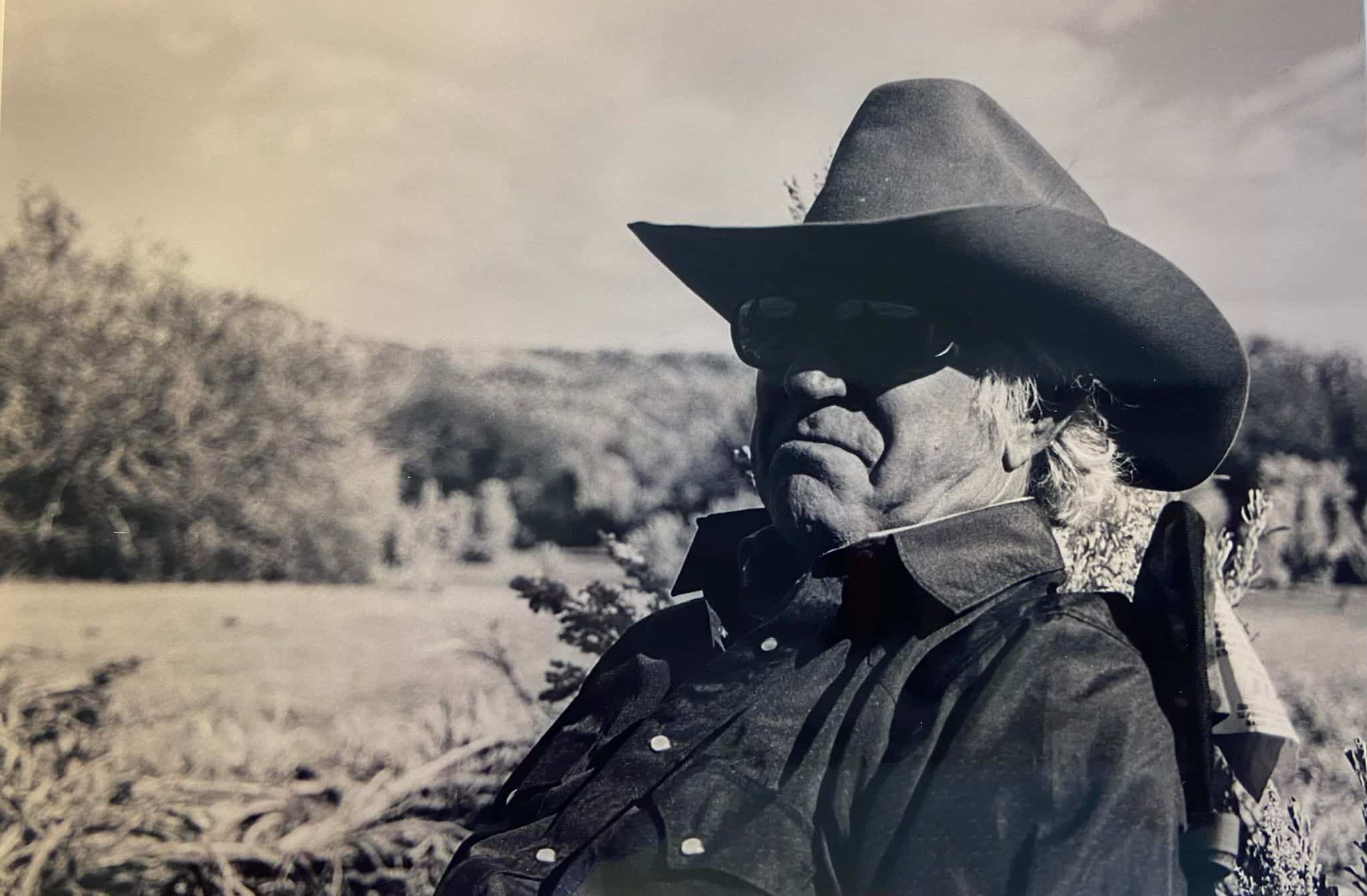The Perfect Engine
Much has already been stated in this series about the special concerns involving front limb soundness in the horse since 60-65% of the animal’s weight is carried in the front end. This does not mean that there are no concerns involving the
- Topics: Article, Musculoskeletal System
Much has already been stated in this series about the special concerns involving front limb soundness in the horse since 60-65% of the animal’s weight is carried in the front end. This does not mean that there are no concerns involving the back legs. Far from it. We can think of equine rear end function in terms of cars and trucks with rear wheel drive. The engine, comprised of muscles fueled by heart and lungs, provides the power, and the back legs are akin to piston-driven rear wheels.
The pressure and torque placed on the “rear wheels” varies with the discipline involved. When walking or jogging across the countryside during a trail ride, the stresses are light and easily handled by a horse with normal back leg conformation. However, if the discipline happens to be cutting or reining with the Western horse or dressage or five-gaited action with the show horse, it is an entirely different matter. Although different in nature, these four disciplines all put high demands on the horse’s rear end.
It should also be remembered that, in addition to being the prime source of propulsion, the back legs also serve as the horse’s brakes. Again, the stress put on those brakes varies with the discipline. It is vastly different, for example, in a reining horse than it is for one competing in dressage.
We’ll take a look at how Nature has designed the rear portion of the horse’s anatomy, especially the leg, in an effort to understand why the animal can do what it does. We also will take a look at some of the problems that can develop in improperly conformed legs as a result of these stresses
Create a free account with TheHorse.com to view this content.
TheHorse.com is home to thousands of free articles about horse health care. In order to access some of our exclusive free content, you must be signed into TheHorse.com.
Start your free account today!
Already have an account?
and continue reading.

Written by:
Les Sellnow
Related Articles
Stay on top of the most recent Horse Health news with















